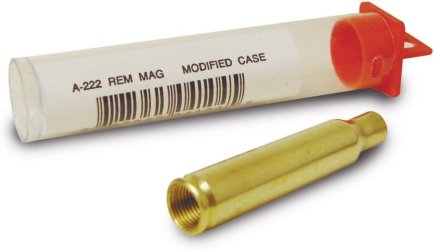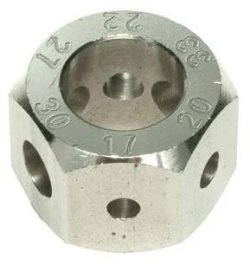I have three. The Hornady is referenced to the datum point only. Basically, a 008 chamfer and a cylinder. I use a go gauge with length embossed on its side. Knowing that, and then measuring after zeroing calipers gave me the 008 aluminum gauge chamfer to extract absolute values vs SAAMI specs. I think Short Action Customs makes the better of my three because they have a taper to match the spec of your brass' shoulder, but I …think.. has a much-needed rounding at neck/shoulder interface. They were snotty to me on the phone; not answering any general questions about basic design info. In fact, one of the most rude conversations I've ever had with a manufacturer; maybe I caught the guy on the wrong day. That being said, they're great comparators. The third is my LE Wilson headspace gauge and LE Wilson case micrometer. It fails where the other two are consistent. I believe its failure is due to the abrupt edge in machining at shoulder/neck interface. With my unfired brass, up to 003 shorter than desired headspace, all measures accurately between all 3 gauges. Once the brass is fired and deprimed, The Hornady and SAC show mild 002 headspace growth, whereas the expensive LE Wilson shows 007 growth, because there is some deformation at the shoulder/neck interface which interferes with their abrupt junction. The full length resizing die cannot resize once fired brass yet, because it is still too short for my desired final brass headspace. I suspect that when resizing after 2 or 3 firings, the LE Wilson will measure fine. I like the feel of their case micrometer gauge.



